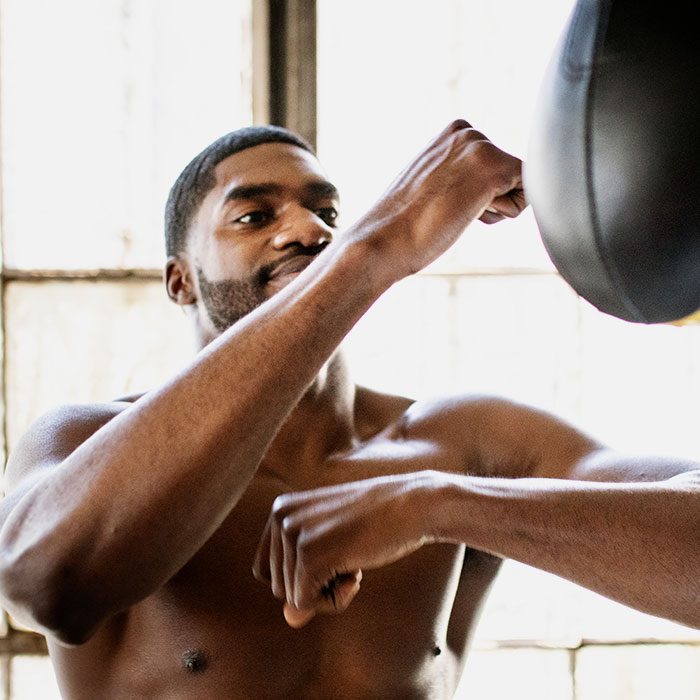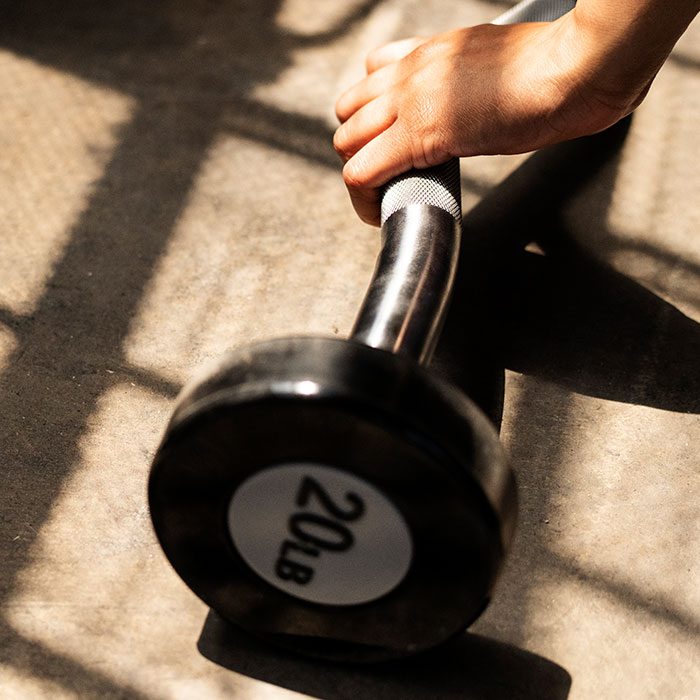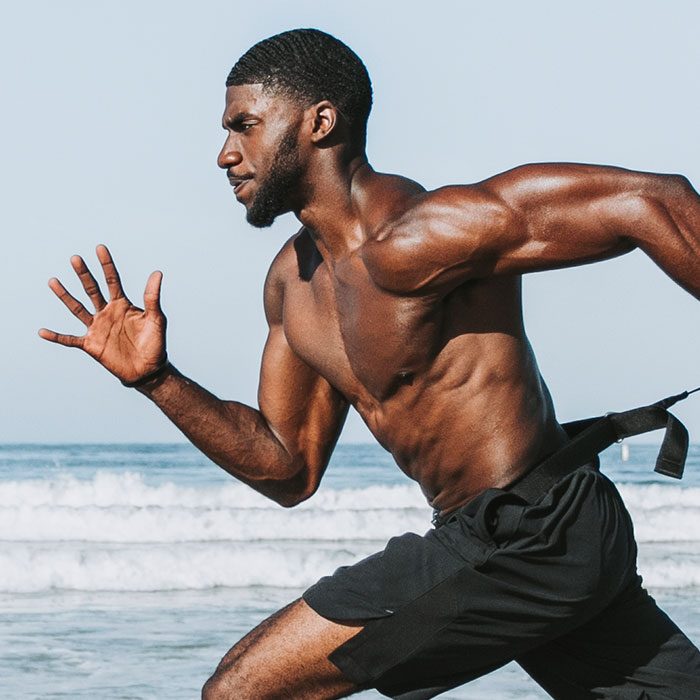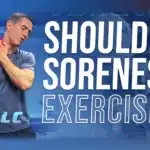Active Muscles While Sprinting
Breaking down and understanding the biomechanics of sprinting can ensure safe running and can ultimately help you improve your form and speed. Understanding which muscles are active while sprinting and landing are important aspects of improving your speed.
When looking at the pictures the green muscles are least active while yellow is mildly active. Then the most active muscles are dark red and the less active muscles are orange or lighter red.
Active Muscles When At Top Speed
During the initial contact between the foot and ground, not much activation within the anterior tibialis, quads, and toe flexors is occurring. When you land, the front of your body, the frontline, is not that active.

However, during the same foot-to-floor contact, the hamstrings and calves are active. Due to the activated hamstrings and calves, a pull on the pelvis starts happening, which needs an activated reciprocal muscle group. The same side abdominal and core activates to provide stability to the pelvis during the landing phase.
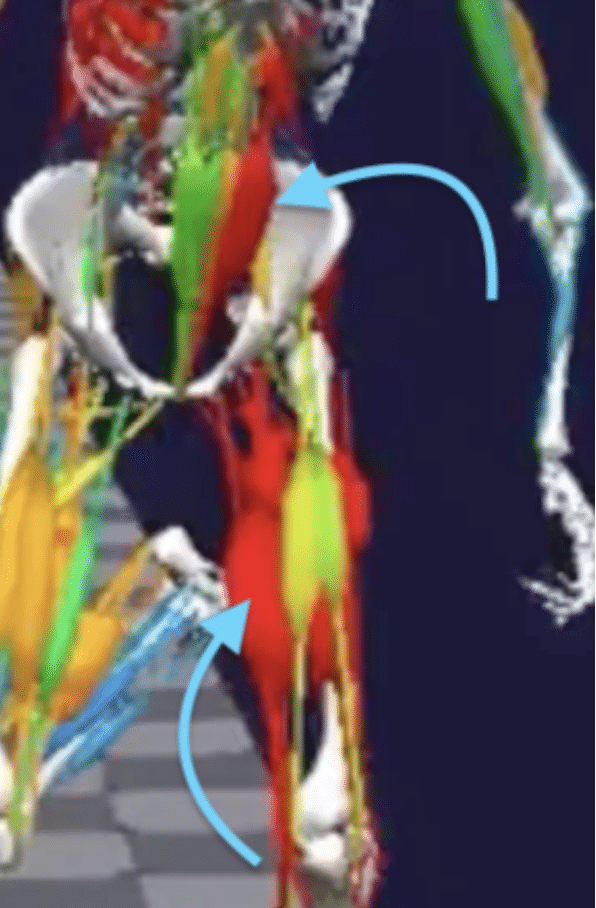
Check Out Our 5 Ways To Improve Sports Performance
After Foot Contact
After landing, your body begins to transition. During the transition phase, you start using the opposite side core and some of the frontline muscles. Your weight starts transferring forward, which means the chest and quads start being utilized. You start taking weight off the hamstrings, and start directing it onto the adductors, which helps stabilize the pelvis. Adduction stabilized the pelvis by centering the transferred weight closer to the body’s midline. The muscles stay activated, which keeps the pelvis inline and stable. The stabilizing muscles are very active during muscle transition.
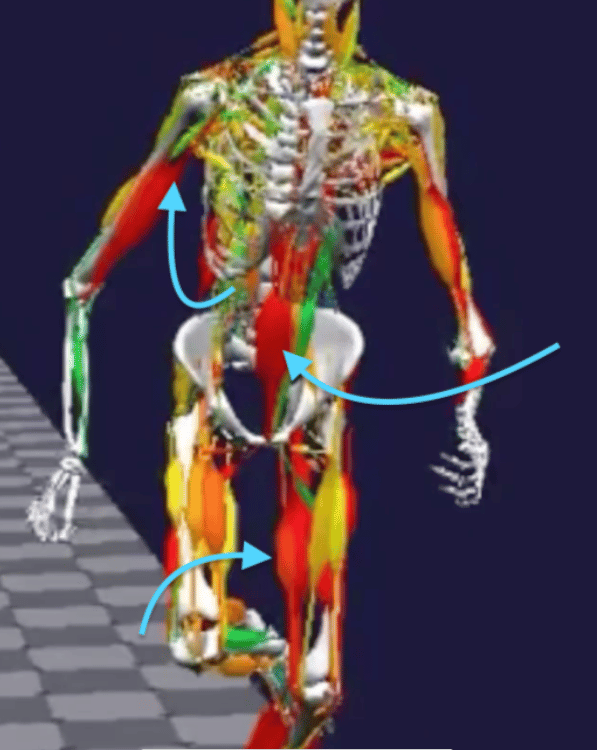
Now as we get closer to toe off, you start using way more of the frontline muscles. The quads and anterior tibialis become activated as you push off. When you push off, there is a good amount of quad activation because there is no need to create a large amount of activation within the hamstring and glutes during this extension.
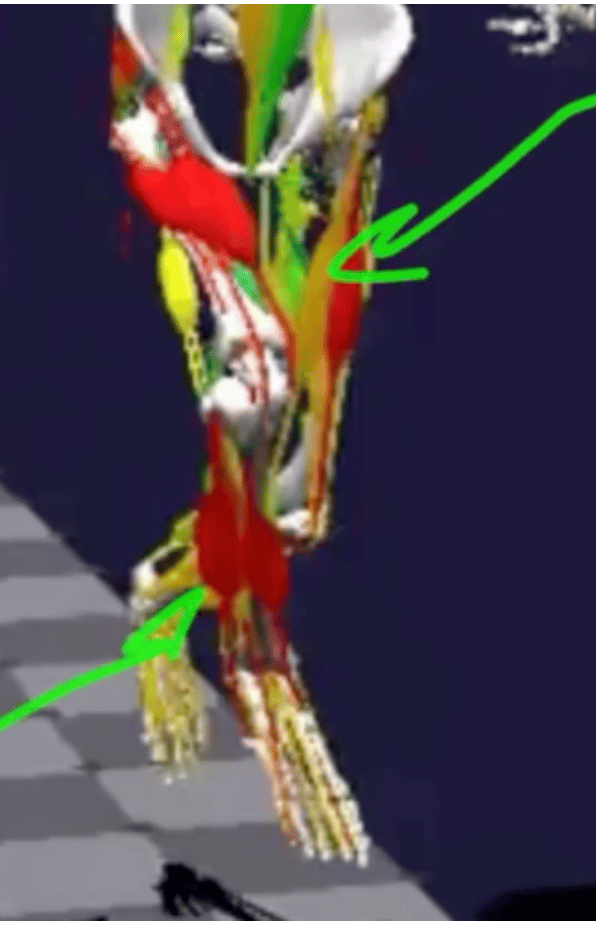
After Toe Off
Once you toe off, both sides of the muscles are active. During the initial push off phase, there is a lot of activation within your lateral hip flexor muscles and contralateral core. When you first land, there’s a ton of activation within the same side posterior chain muscles, which include the hamstrings, glutes, and calves. Also, the lateral core, including the obliques and the abdomen activate in effort to stabilize the pelvis.
Check out here the keys for an explosive start.
Now, an important part of creating force into the ground happens when the leg is in full flexion in front and there is a pull to bring the foot back down. If you notice at this point the hamstring is actually most important to recognize because this is actually where a lot of hamstring injuries happen. The reason is, the hamstring is full stretched here and is going to be shortening or flexing with a massive amount of force here. Additionally, we can see the lower back and the lats are also active because the entire back line oblique sling is working here.
Check Out Our Blog About How To Generate More Force Into The Ground When Sprinting
Hamstring Activation
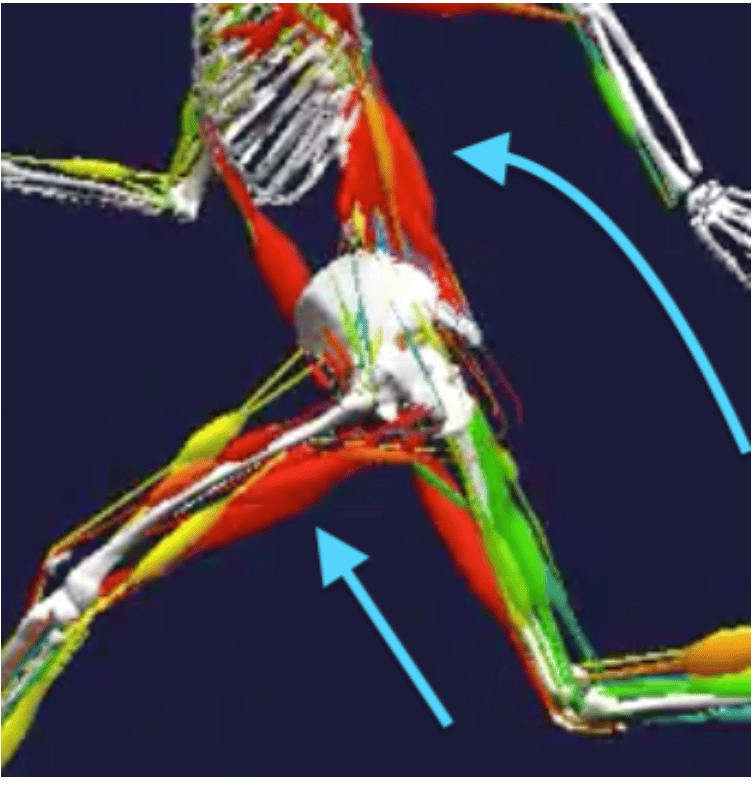
The last important thing to note is the activation of the hamstring while the hip is in extension. The reason it is important is because the anatomy books will tell you that this is when the hamstrings are supposed to be active, but we see the green which means they are very inactive. This is an important part of the stretch shortening cycle where the muscles need to be able to maximal
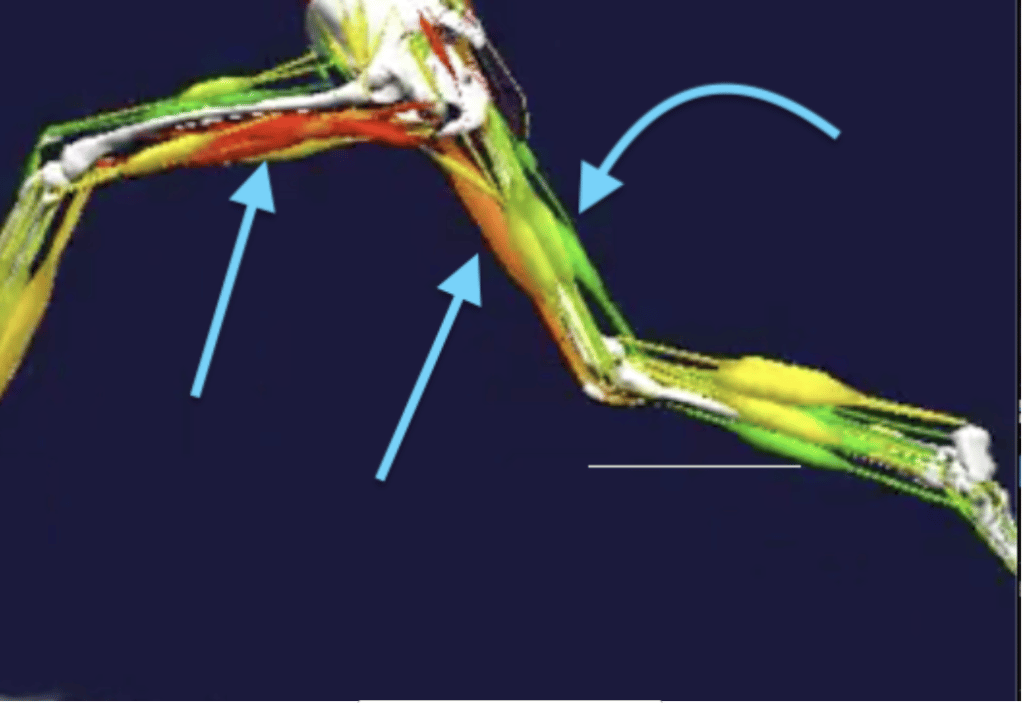
There are a ton of things we could have gotten into here in regards to the muscles while sprinting. But we really hit the main parts. If you want to see the full video you can check it out here:
Our Simple Speed Coaching Process To Help You Get Faster
STEP 1. SEND IN VIDEO OF YOUR SPRINT VIDEO
This is easy we send you a video to explain what angles to send and how to upload onto our server quickly and easily. You will be able to upload right from your computer or smart device.
STEP 2. RECEIVE SPEED COACHING BREAKDOWN OR ZOOM CALL
Within 24 hours you will get a detailed email back that goes over all the critical details of your running form. This will include drills and exercises to help you improve. If you have any questions we can always schedule a call to make sure everything is clear and concise.
STEP 3. FOLLOW THE SPEED PROGRAM AND MAKE THE CHANGE
Now we will make everything as easy as possible for you to be able to make tremendous improvement in your mechanics. Our speed training programs have tons of drills and exercise to help you improve. However, you must DO THE WORK. YOU WILL GET OUT WHAT YOU PUT IN.
Follow us for more updates:


